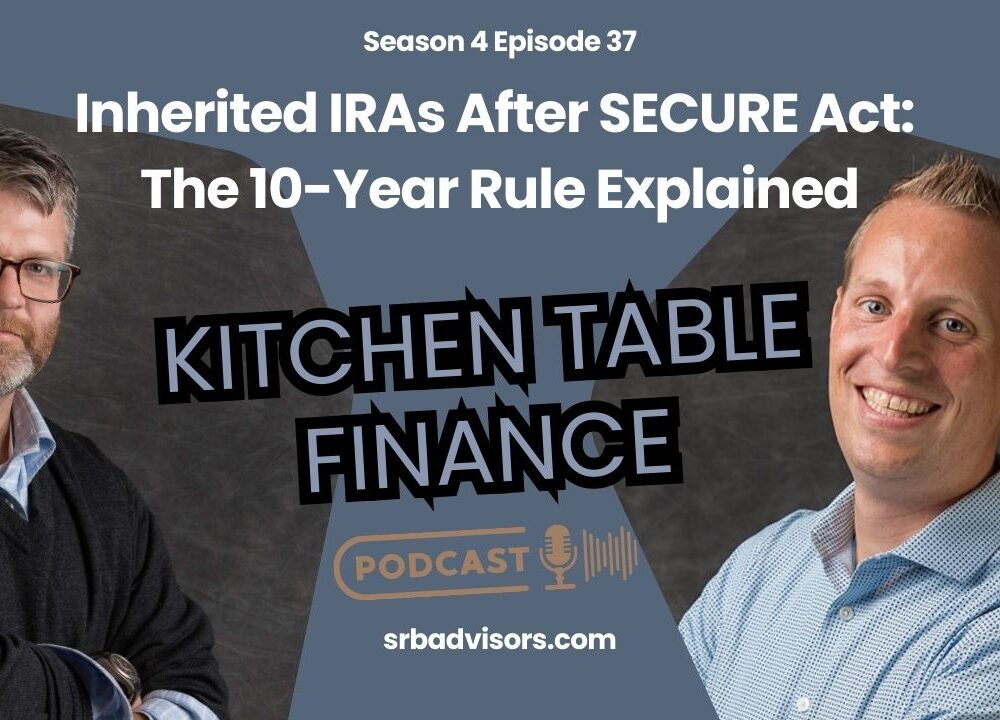Capital Losses as a Tax Asset

There is no denying that the market has been lousy for the first three quarters of 2022. While frustrating, the market goes through these periods regularly, and when they happen patience and remaining invested are the best medicine. However, when the markets hand us lemons there often is the opportunity to make some lemonade: selling assets at a loss and replacing them with similar or improved positions can save money on taxes.
In a taxable investment account, selling assets that have increased in price can create capital gains tax. Selling assets at a loss can offset those gains. Excess losses can be carried forward to future years to offset future gains, or up to $3000 each year can be deducted from taxable income.
Taxes often become a sticking point when we want to restructure a portfolio. If a portfolio’s allocation is not ideal, but the investments have grown in value, a large capital gains tax bill may prevent an investor from repositioning their investments. It might be difficult to determine whether the tax cost outweighs the potential improvements, but if the investor has losses on some positions and gains on others, the losses can soften the blow.
Here’s an example: Bob has two individual stocks in his account. Over several years, Acme Co grew from his original investment of $10,000 to $30,000 in 2021, but with the market pullback, it is now $25,000. The other stock, Beta Co didn’t do as well. It grew from $10,000 to $12,000 in 2021 but is now trading at $8,000. Bob wants to remain invested but knows he should diversify his portfolio into broad stock funds instead of individual stocks.
Had he sold his two stocks in 2021, he would have had a net long–term capital gain of $22,000 which most likely would have been taxed at 15%, or $3,300. Doing so today would mean a net gain of $13,000 and at 15% capital gains tax, that means a tax cost of $1,950.
If Bob wanted to diversify his portfolio but not pay any capital gains tax, he could potentially sell all of Beta Co for a $2,000 loss and sell a portion of his Acme Co holdings. Selling $3,300 worth of Acme would net a $2,000 gain. The gain on Acme is offset by the loss on Beta. Bob pays no tax on the transactions and is able to reinvest about $11,300 in a diversified fund. His portfolio still is top–heavy in Acme Co stock, but he has moved it closer to his goal with no tax cost.
The key for Bob, and any investor looking to improve their portfolio during a down market, is reinvesting the proceeds in vehicles that have as much room to recover as the original investment. Selling at a loss and moving out of the market can help lower taxes, but usually leads to poor investment results. However, the IRS requires that the replacement investment be substantively different than the original investment or the loss will be disallowed. Selling an individual stock to buy a diversified fund would be allowed while selling one S&P 500 index fund to buy a different S&P 500 index fund may not. Consult with your financial planner or tax advisor to make sure you do not have any tax surprises.
About Shotwell Rutter Baer
Shotwell Rutter Baer is proud to be an independent, fee-only registered investment advisory firm. This means that we are only compensated by our clients for our knowledge and guidance — not from commissions by selling financial products. Our only motivation is to help you achieve financial freedom and peace of mind. By structuring our business this way we believe that many of the conflicts of interest that plague the financial services industry are eliminated. We work for our clients, period.
Click here to learn about the Strategic Reliable Blueprint, our financial plan process for your future.
Call us at 517-321-4832 for financial and retirement investing advice.
Share post:
